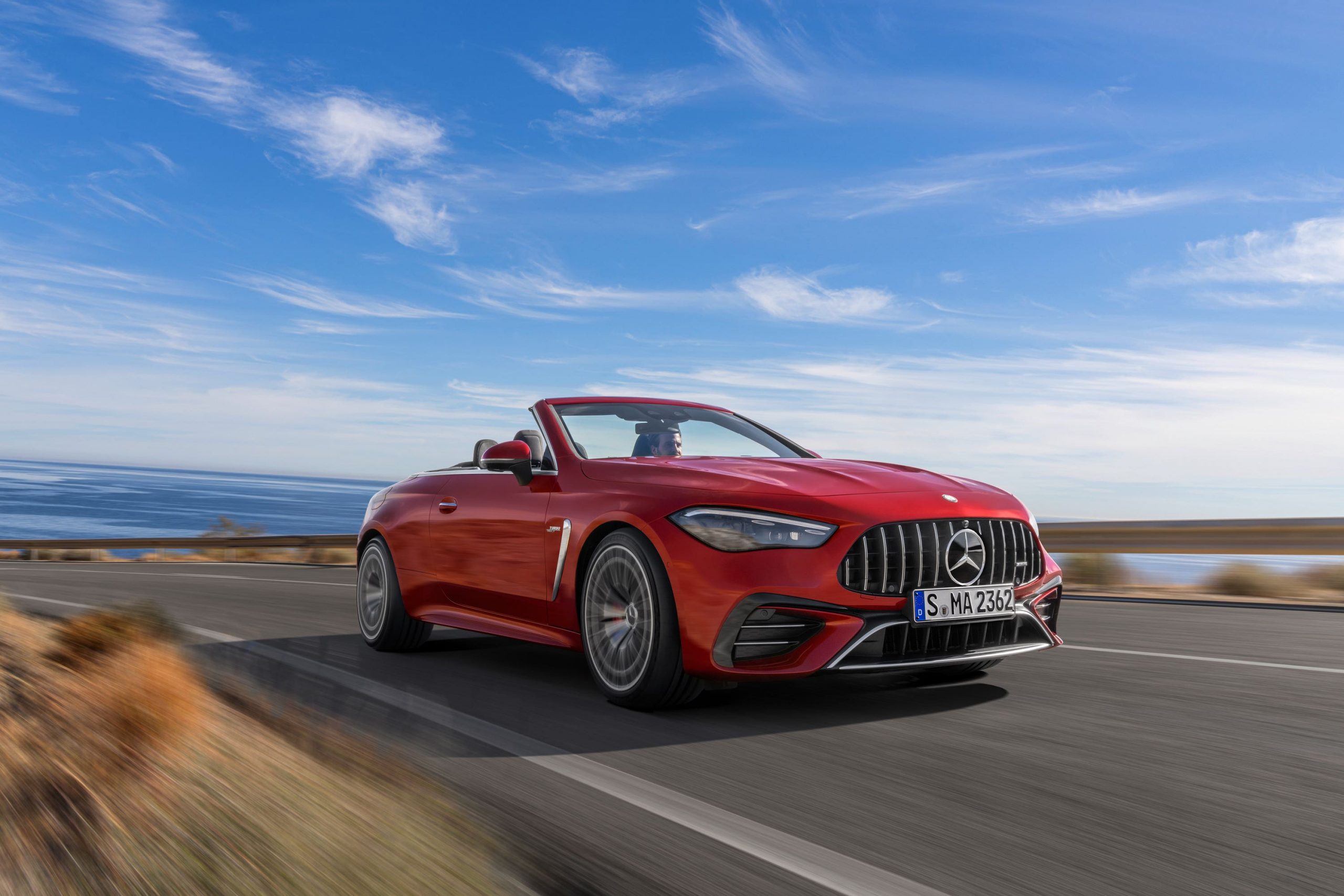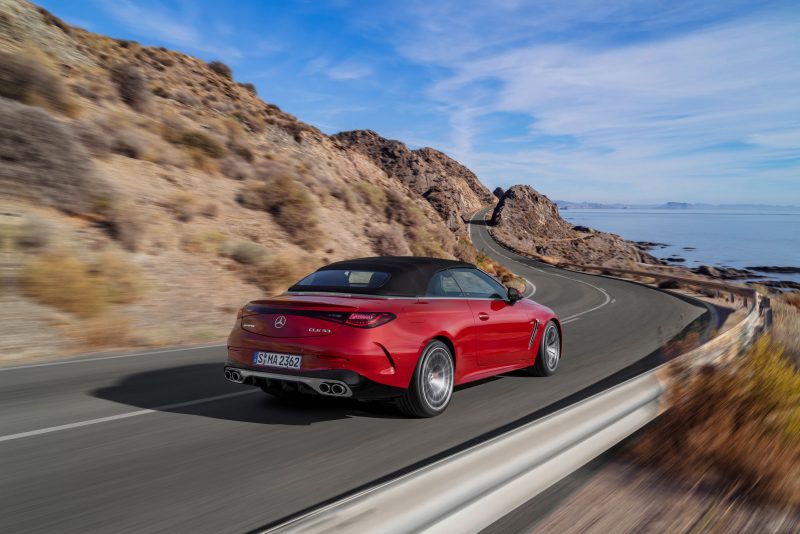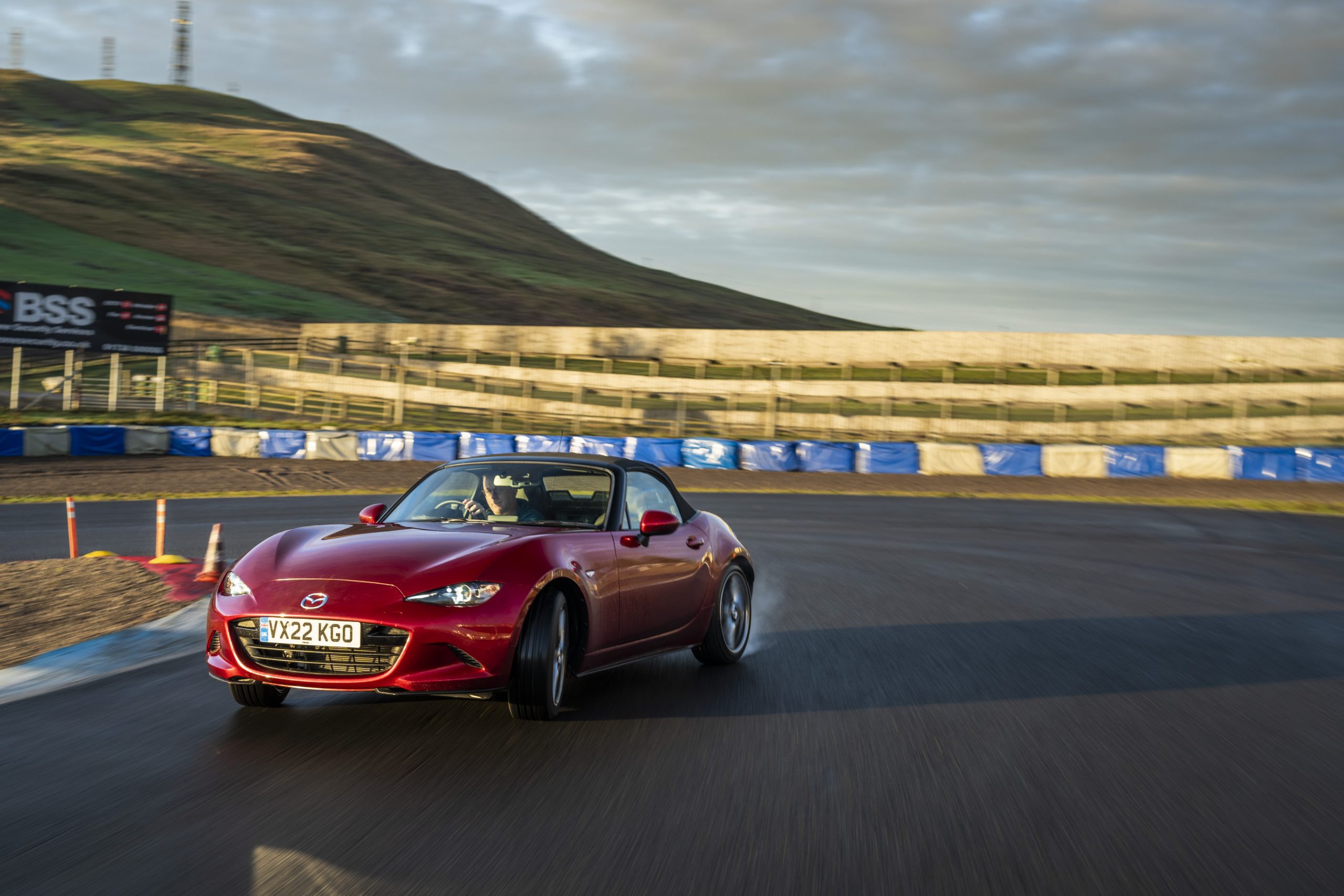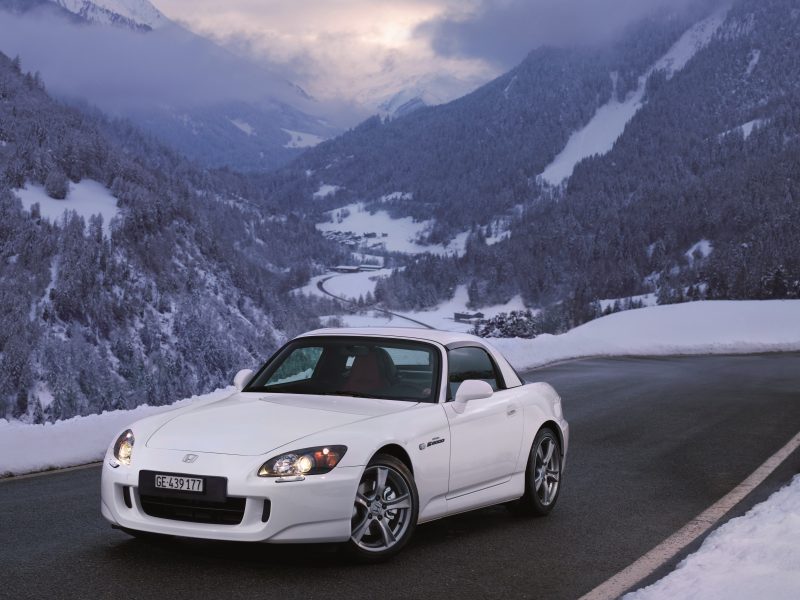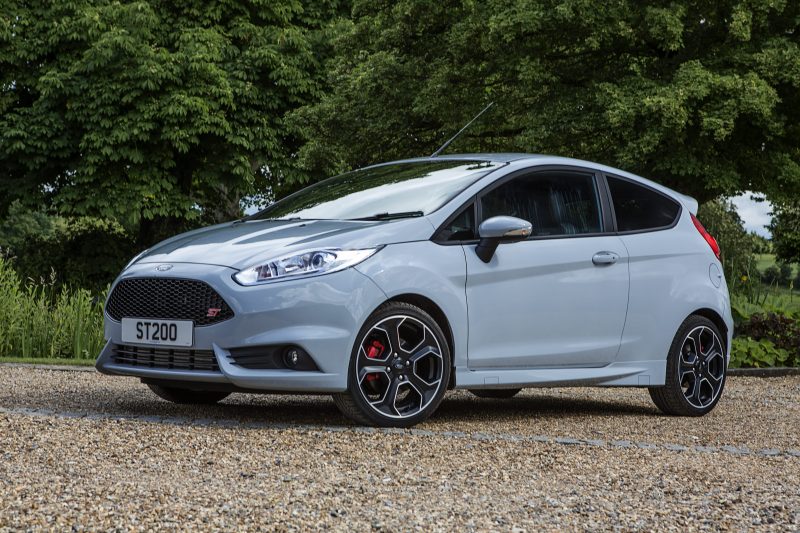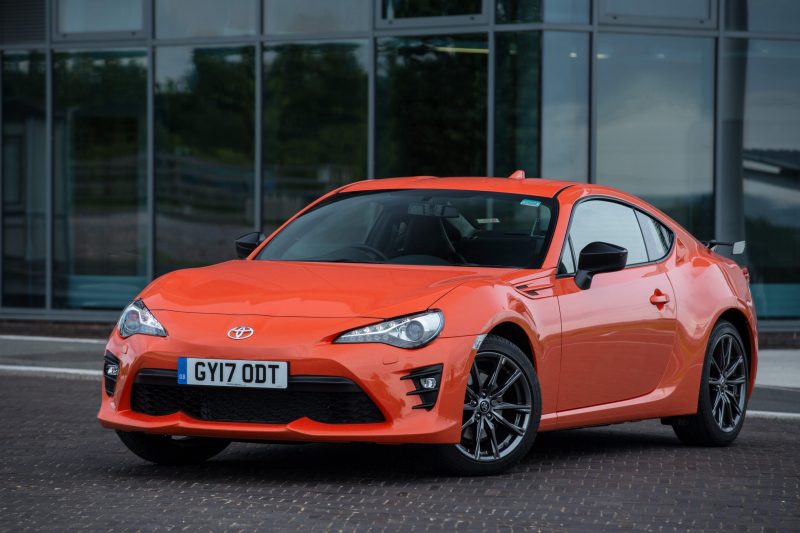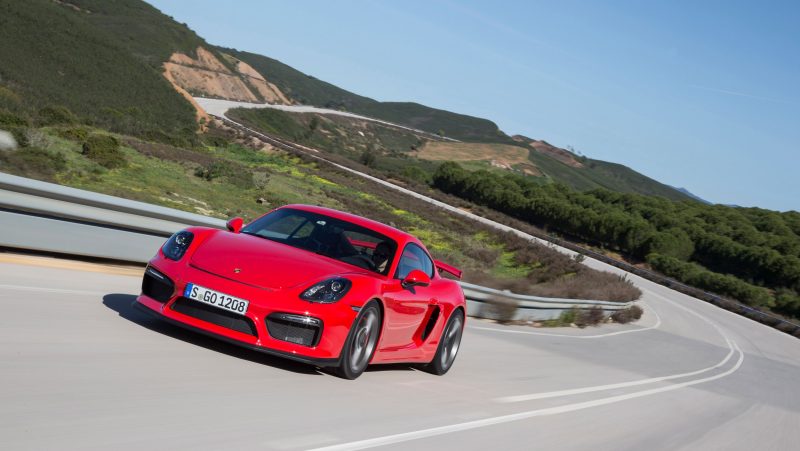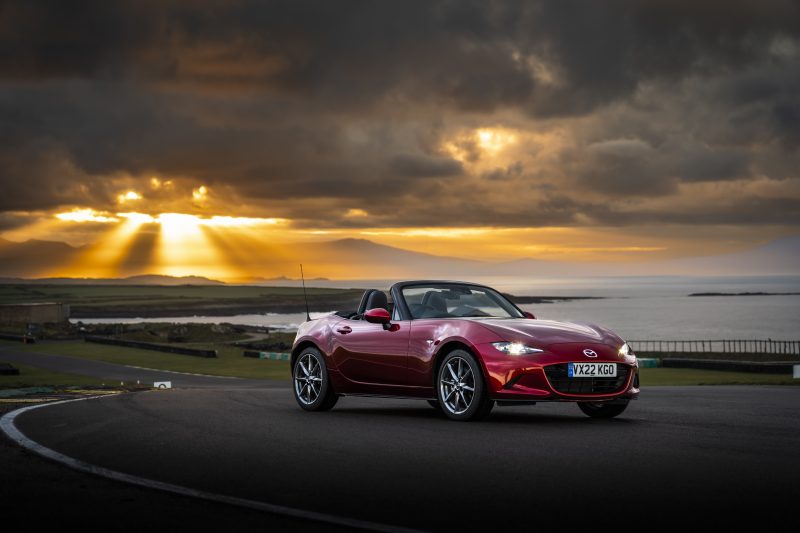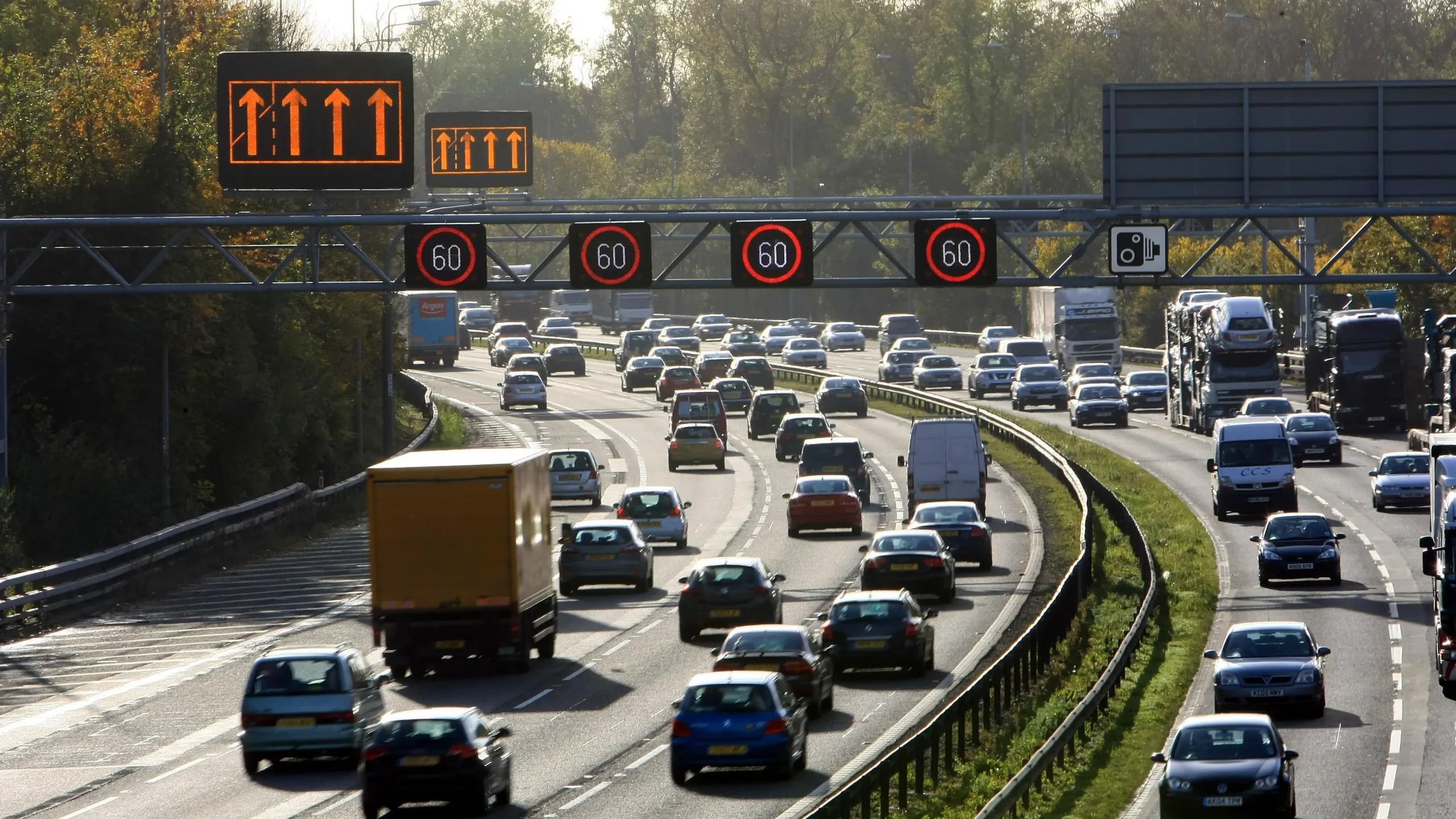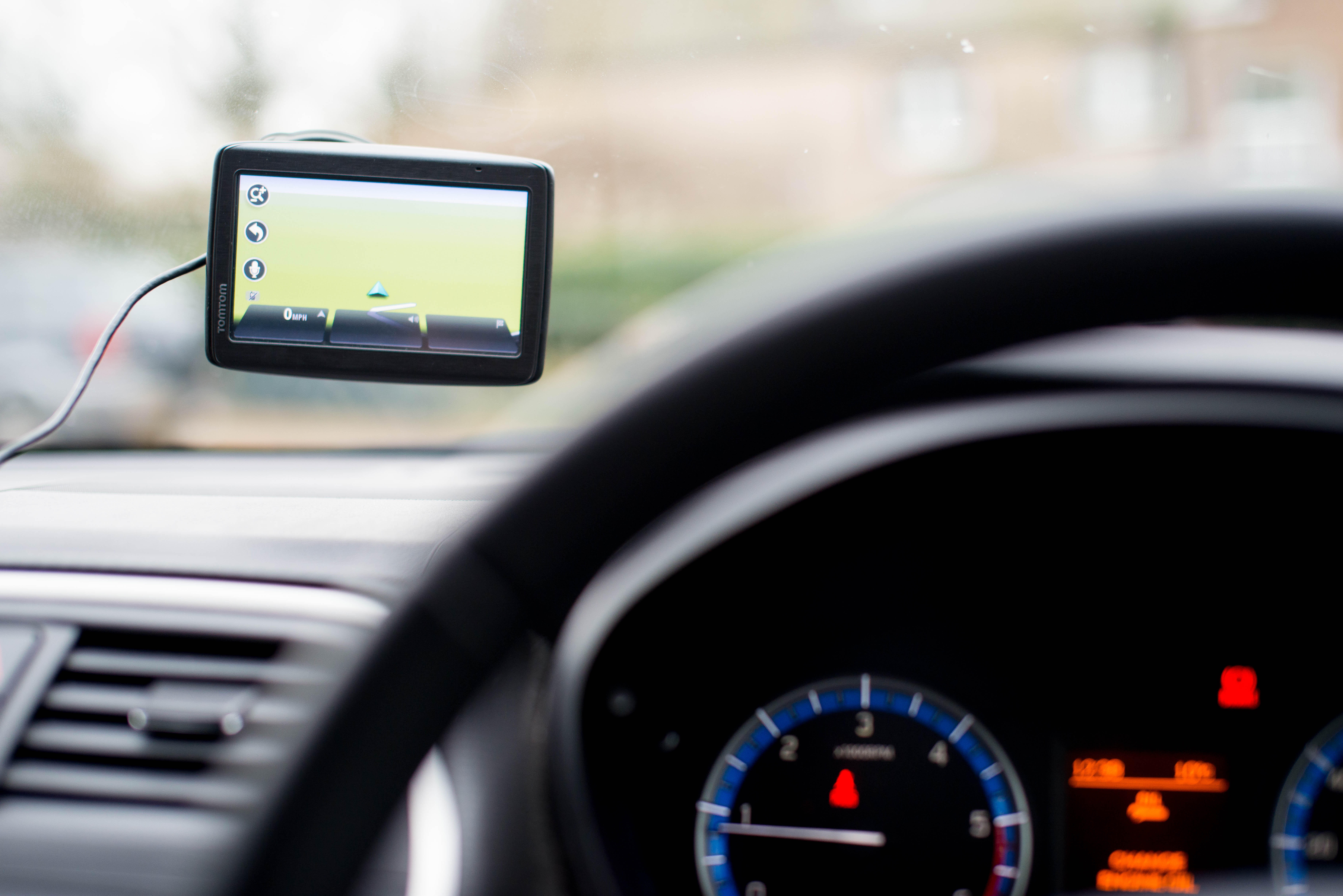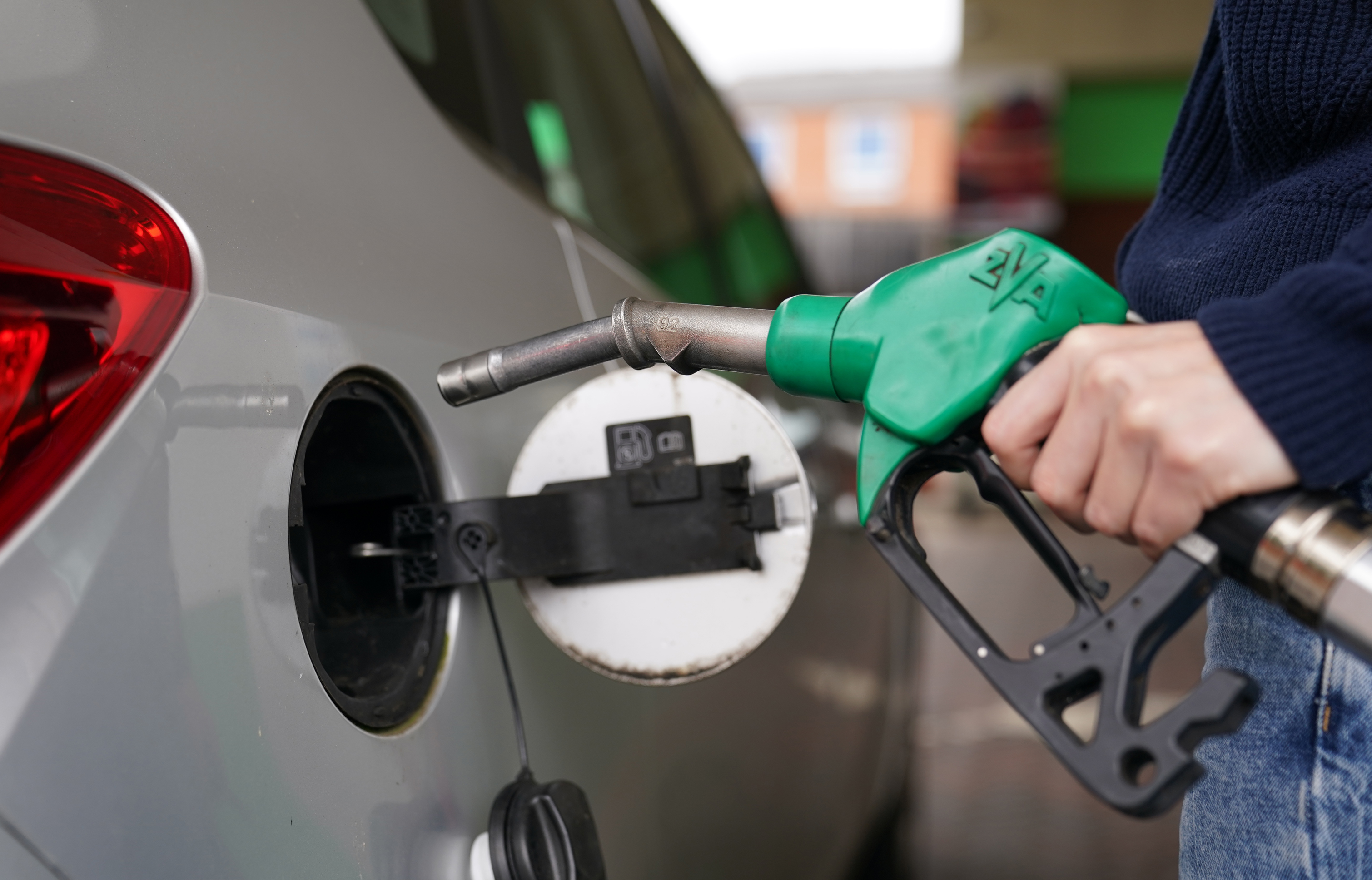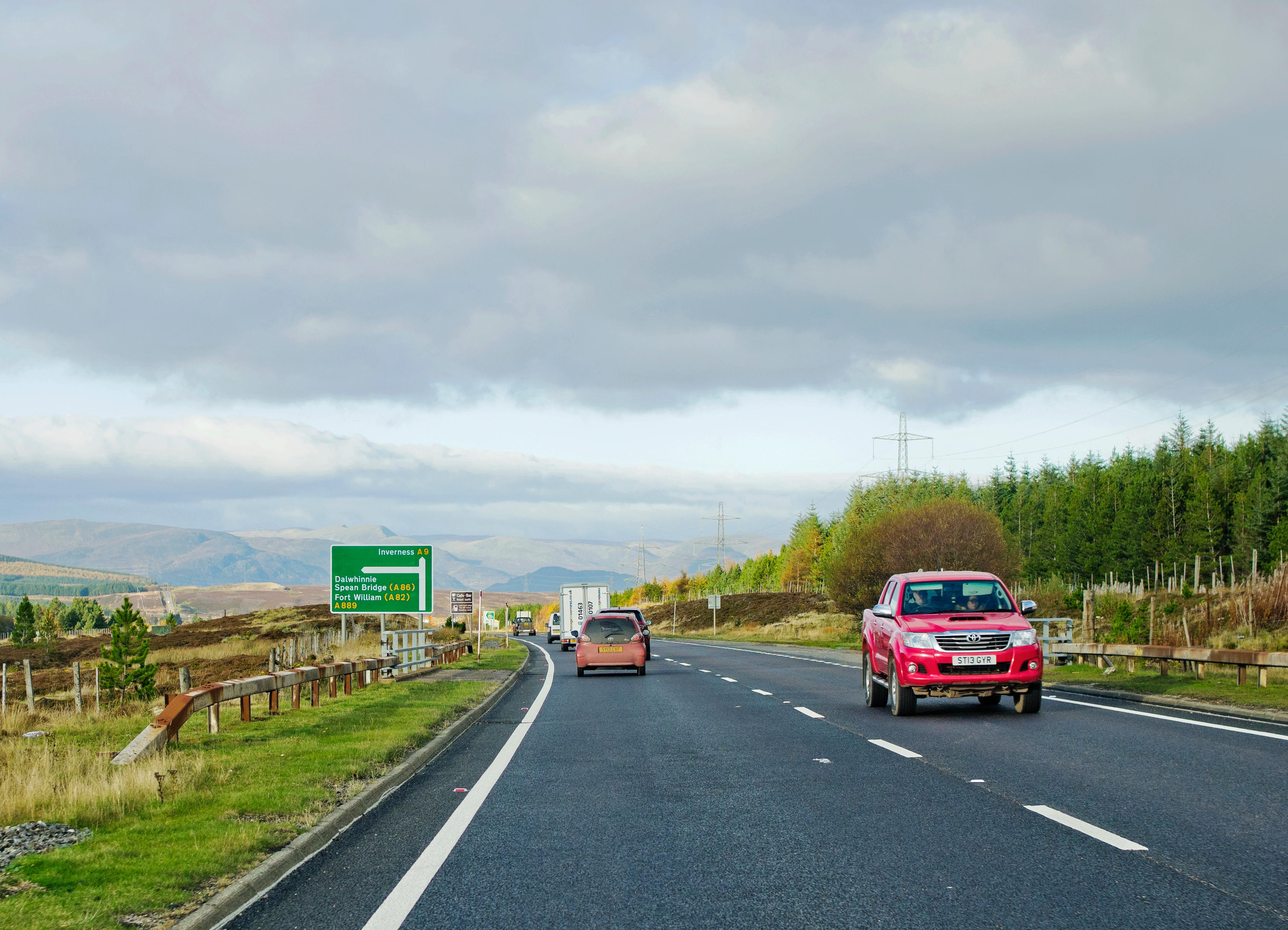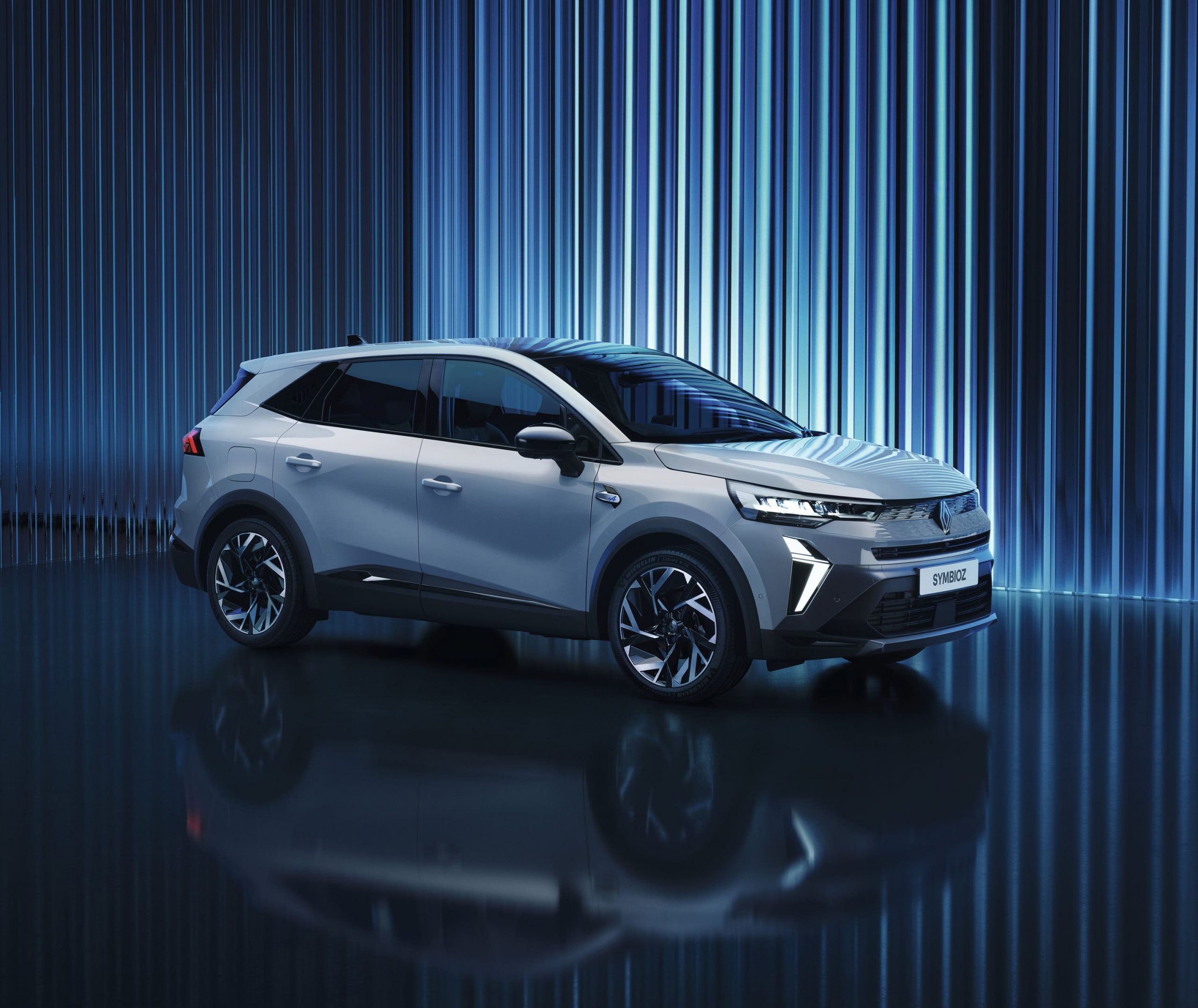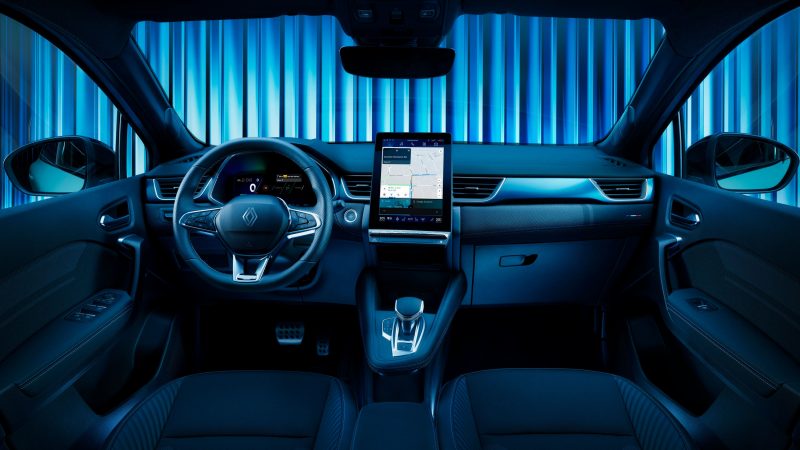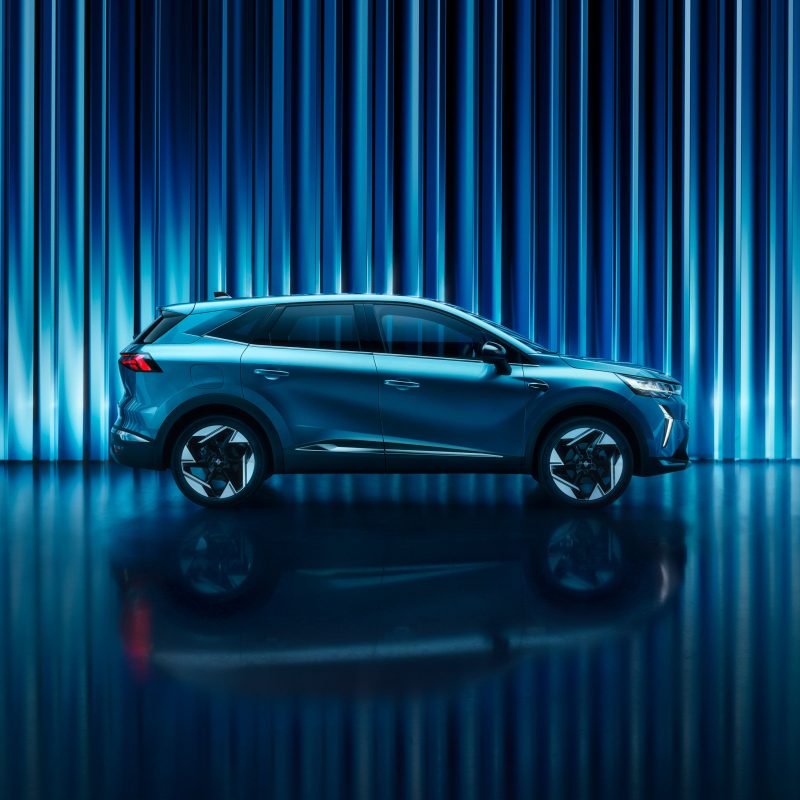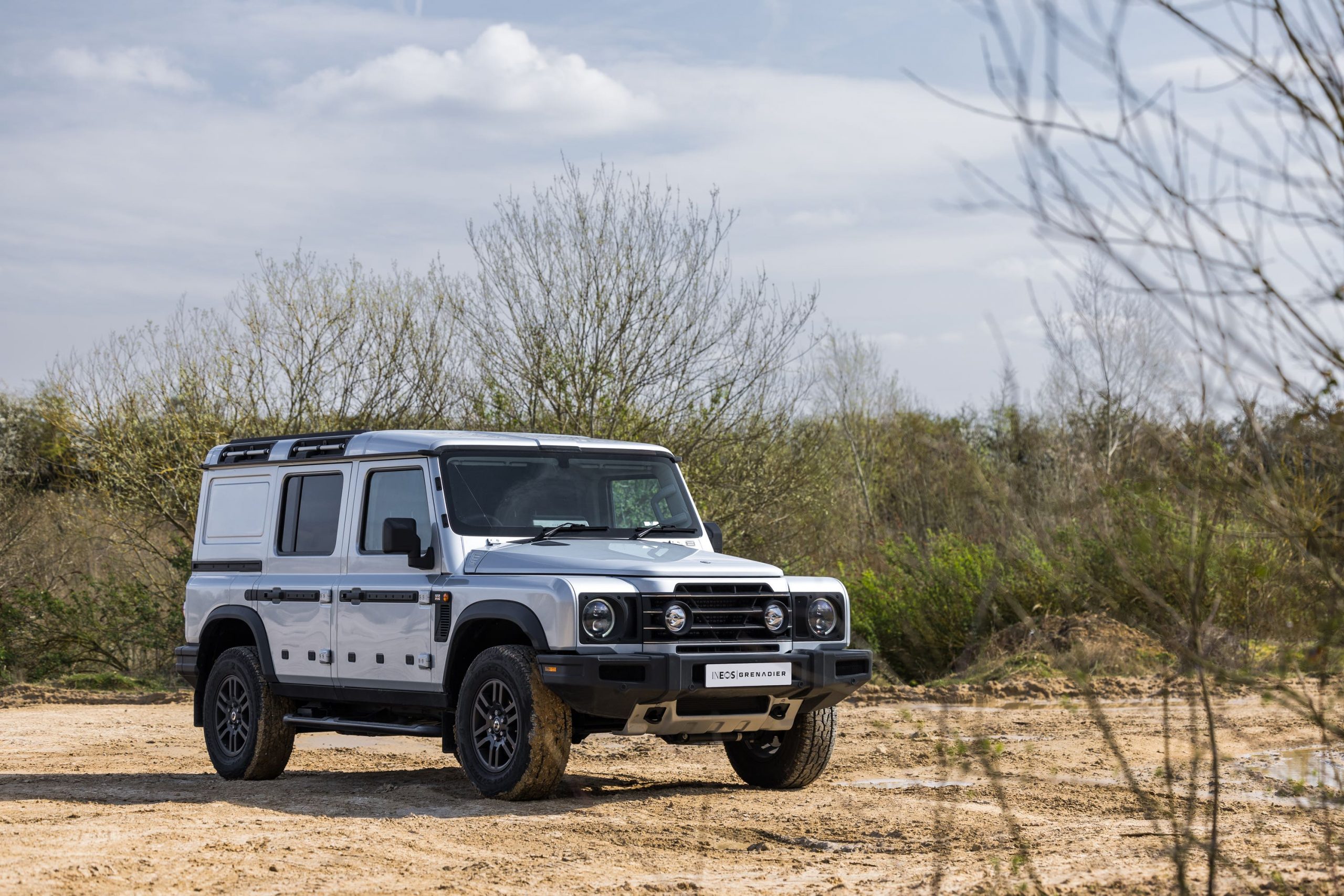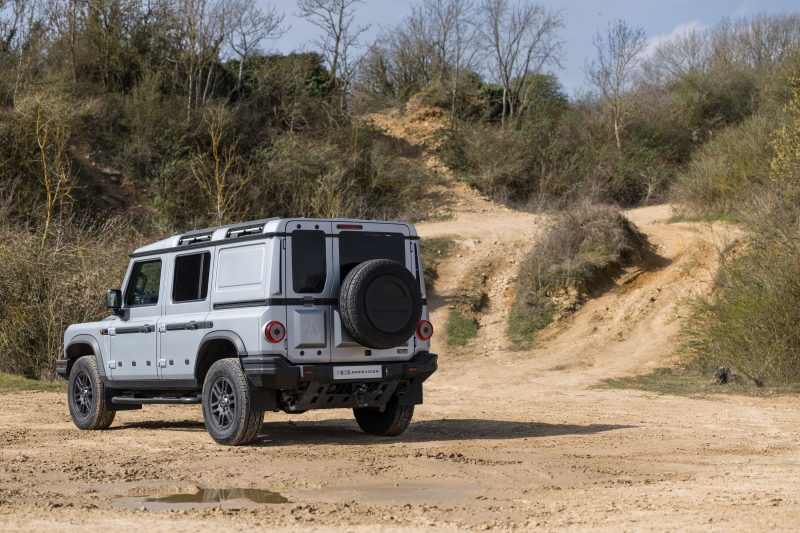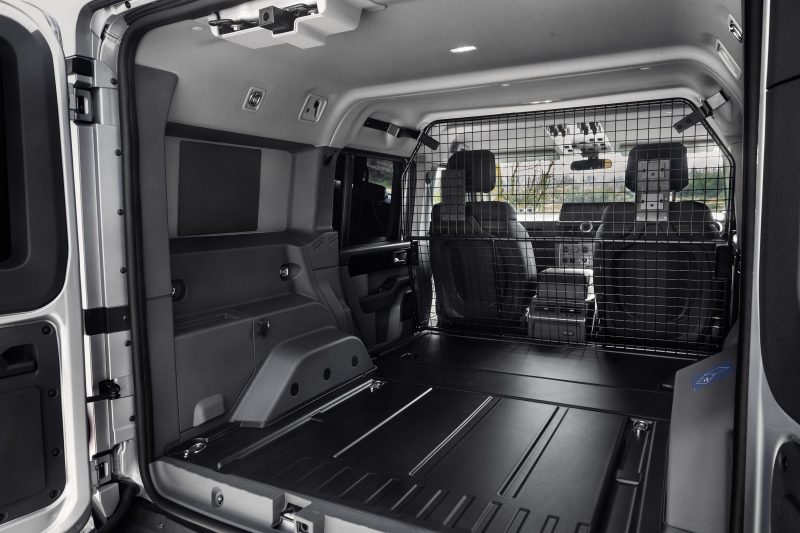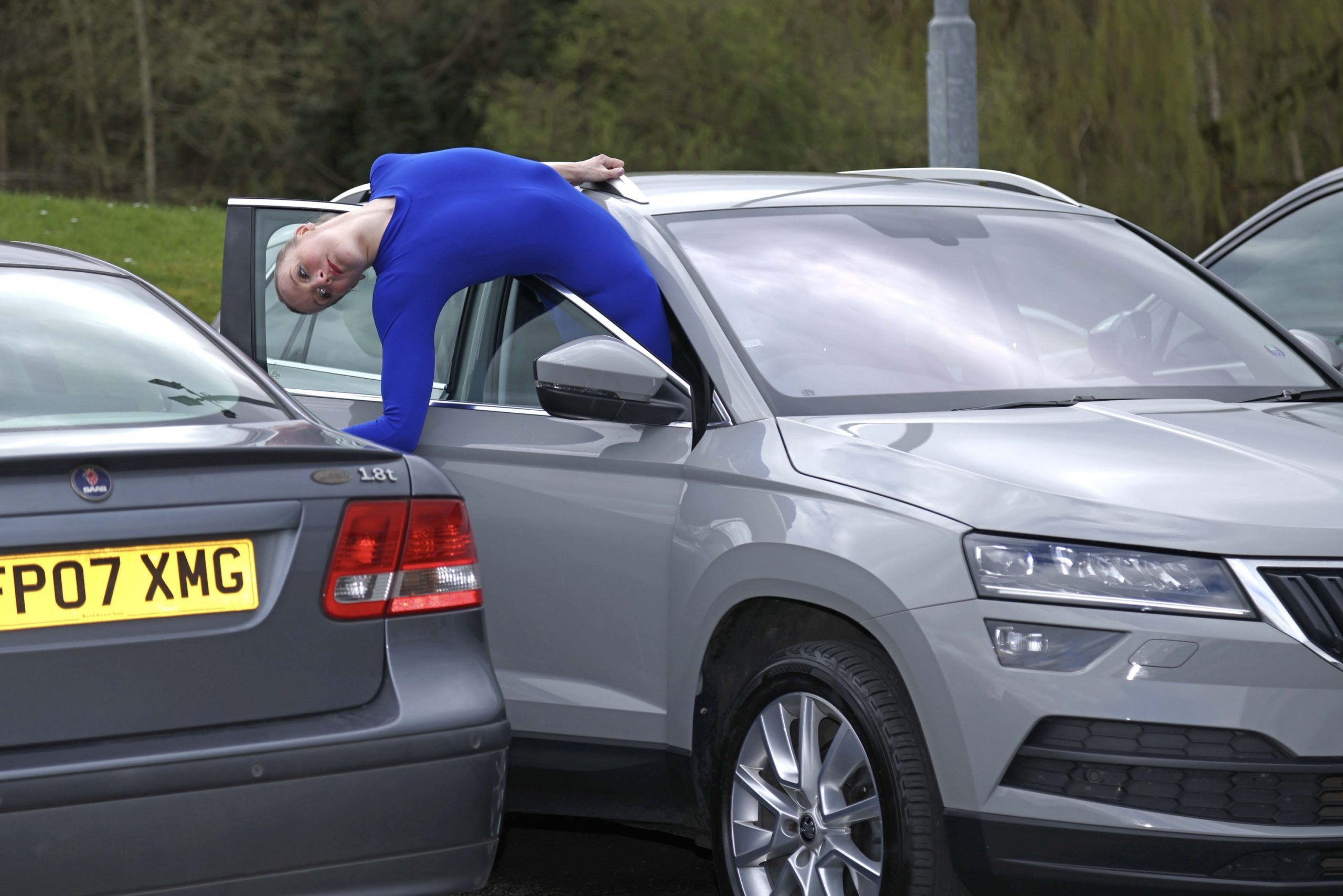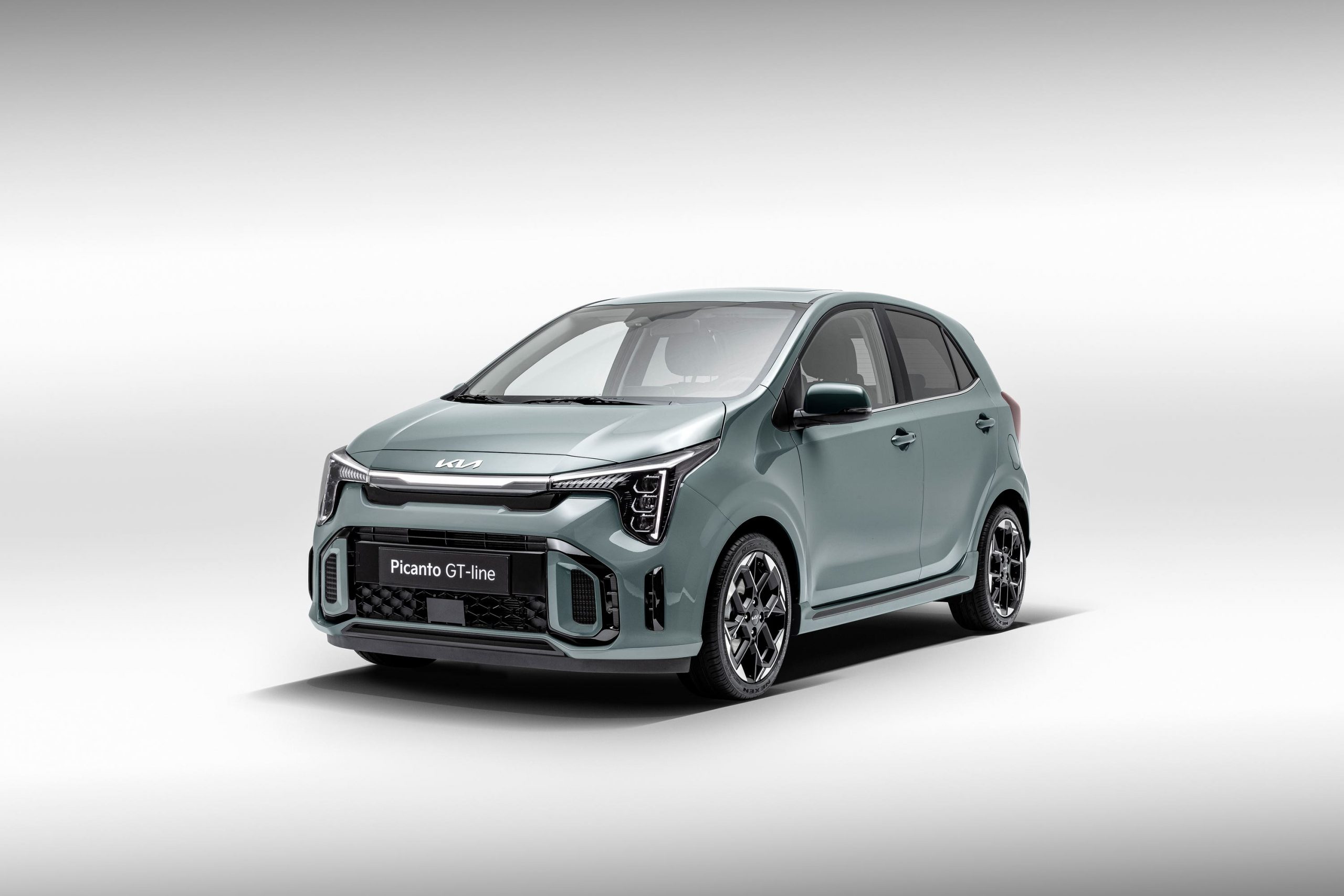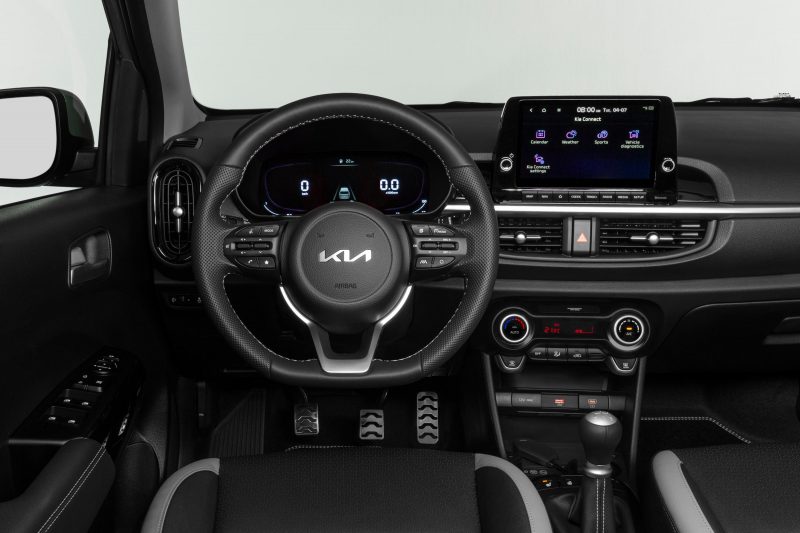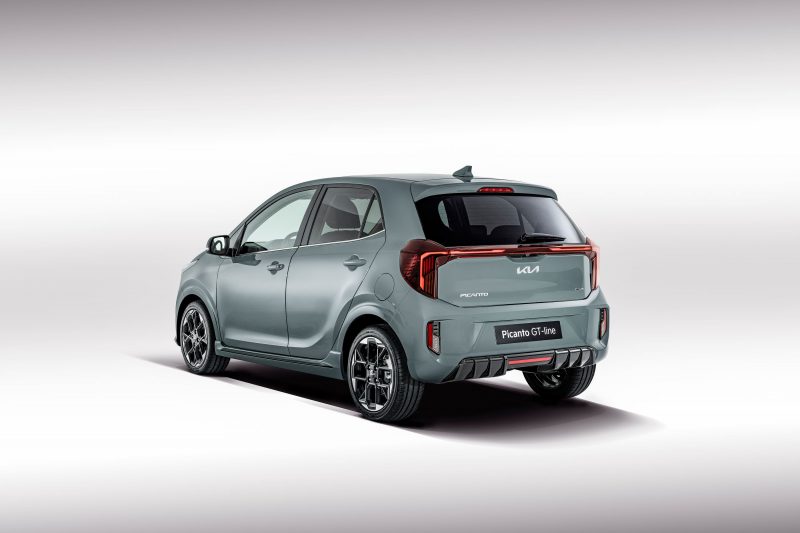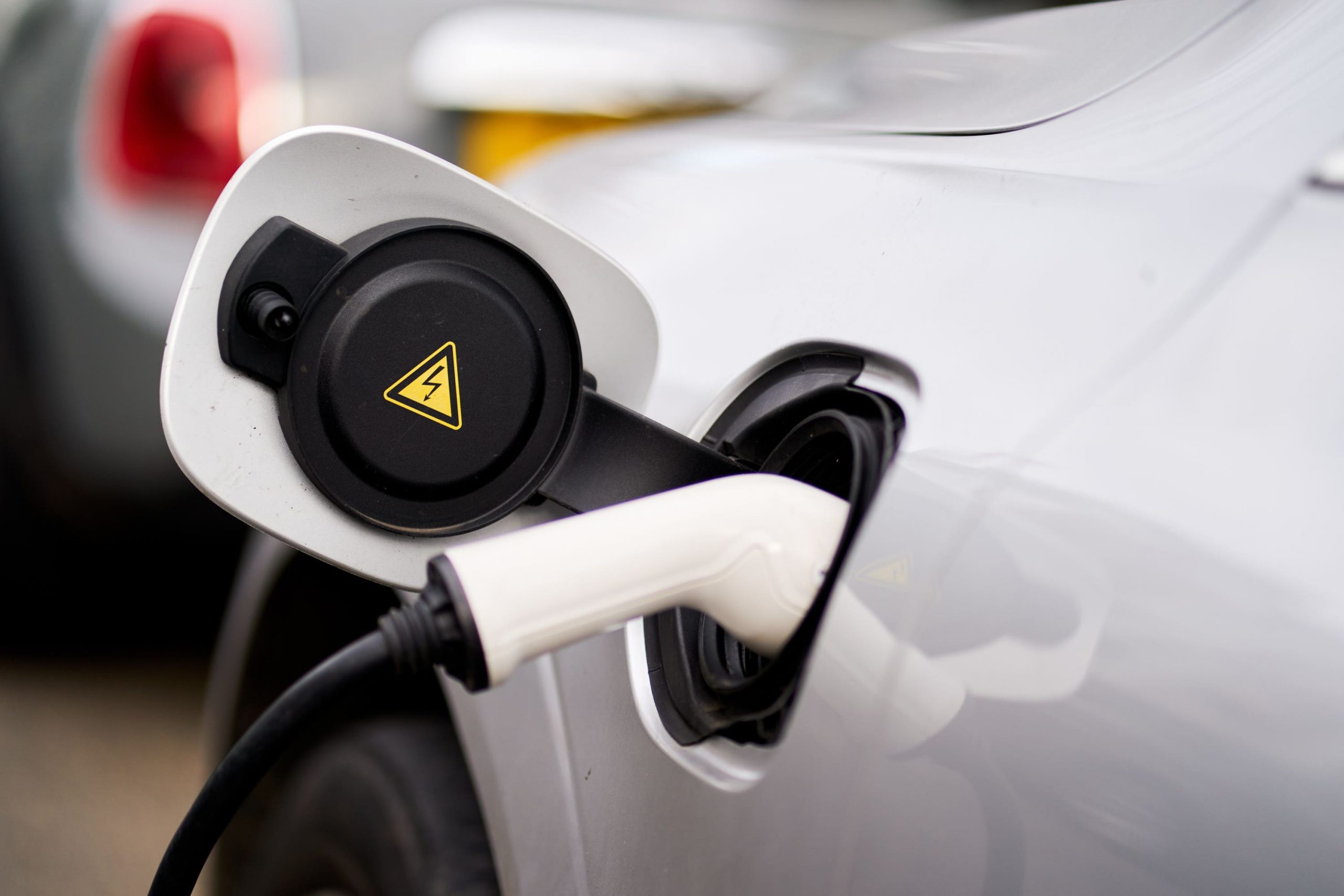What is it?

Think of Triumph and you’ll probably imagine some large-engined monster charging through the streets or heading into an off-road adventure. However, bigger engines aren’t always the easiest to get along with – particularly for new riders – and they cost more to insure, repair and fuel. That’s where this motorcycle comes in – the new Scrambler 400X.
It draws its design cues from Triumph’s Scrambler range but instead of a 900 or 1,200cc engine, it adopts a far smaller single-cylinder petrol which should, in theory, make it a cheaper-to-run option than the rest of this British firm’s range. We’ve been out on the 400X to see what it’s like.
What’s new?
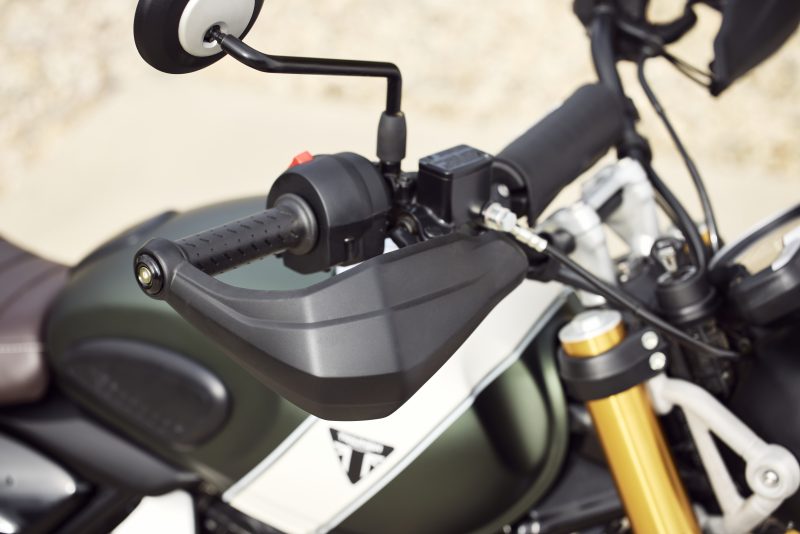
Naturally, the bulk of what this motorcycle is about is that engine. However, it’s still got the same ‘Modern Classic’ feel that you’ll find in some of Triumph’s other models while it aims to still bring the excellent attention to detail that you’d expect from this brand. At £5,595, it also represents a considerable saving over other Scramblers, but does put it directly in the focus of other single-cylinder bikes which have risen to popularity in recent years, namely those from Royal Enfield.
It’s also worth noting that while we’re looking at the Scrambler 400X, which has a more off-road focus, there is also a road-going version called the Speed 400. It’s a naming structure which reflects what we’ve come to know from the rest of Triumph’s line-up of motorcycles. At £4,495, the Speed 400 is slightly cheaper than this Scrambler version, too.
What’s it powered by?
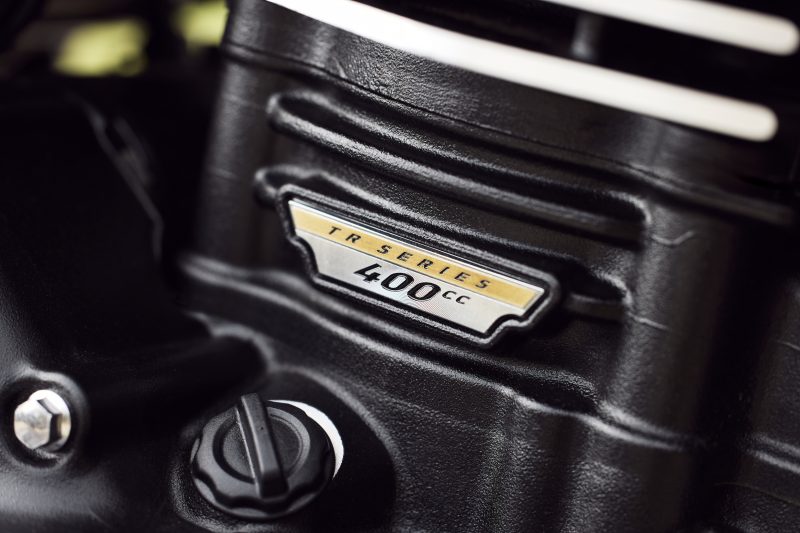
At the core of the Scrambler 400X is a liquid-cooled, four-valve single-cylinder engine. At 398cc it’s definitely not the largest engine out there, but it still produces a decent 39.5bhp and 37.5Nm of torque, powered through a six-speed gearbox. An added benefit of this small engine is an impressively low weight overall – the whole bike, inclusive of fluids, comes in at just 179kg. Triumph also claims that you should get up to 80.7mpg combined, so trips to the petrol station should be few and far between.
It’s also got a few tweaks and changes over the standard Speed 400. It’s got more suspension travel, for one, while a longer wheelbase and a 19-inch front wheel aim to make this Scrambler as agile off-road as can be. You’ll find Metzeler Karoo tyres, too, which are dual-purpose rubber so while they do look quite chunky, they’ll still perform well enough when you’re on tarmac too.
What’s it like to ride?
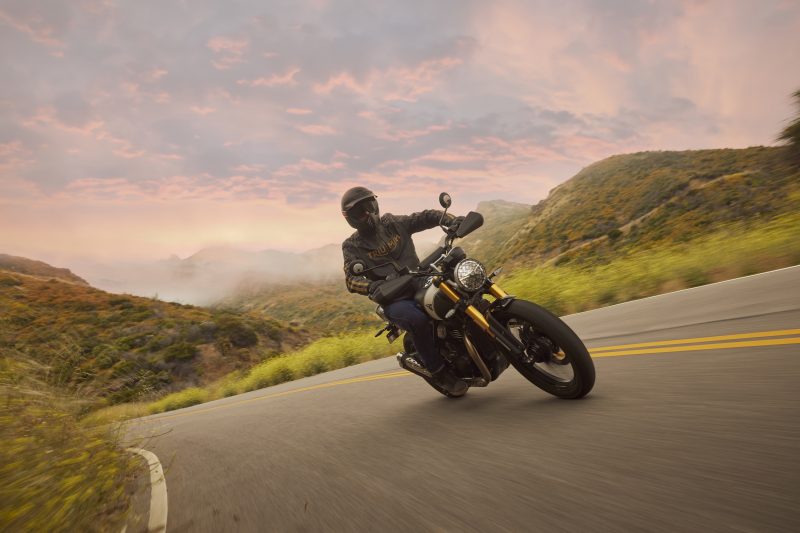
From a distance, you could be fooled into thinking that the Scrambler 400X was one of Triumph’s larger-engined models. However, once you’re sitting on the bike you’re met with a very approachable seat height. This rider is just under six feet and it was easy to get both feet down when you’re parked. Set off and the side exhaust provides a characterful and rasping soundtrack, which ends up sounding a little like Scramblers of old.
The relatively short gearing means that at slower speeds the Scrambler 400X feels urgent and keen to get up to speed, though a downside of this setup is that it does struggle at motorway paces, where it starts to feel a bit vibration-heavy. It’s definitely more of a country-lanes blaster than a true long-distance cruiser, that’s for sure. The gearshift also feels every-so-slightly less precise than in Triumph’s larger-engined models.
How does it look?
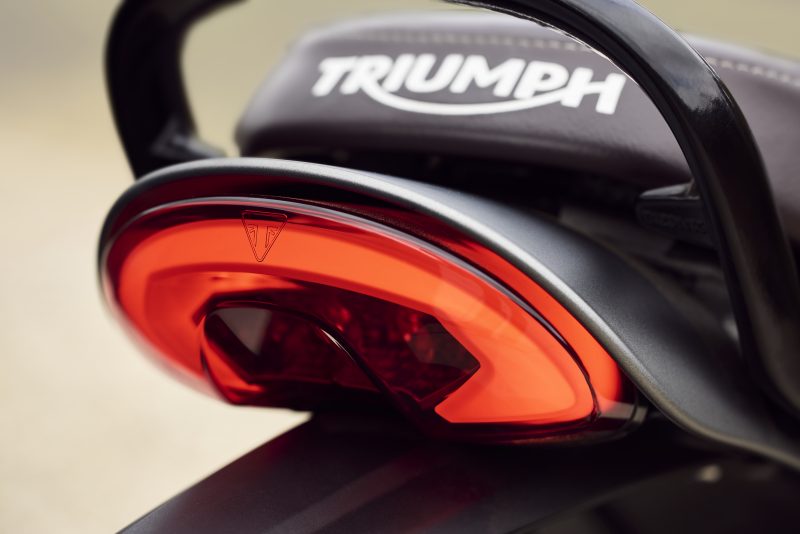
Triumph has thrown all of its styling prowess at the Scrambler 400X and we’d say that the endeavour has been successful. The gold suspension elements, painted black frame and contrast brown seat all look superb when combined, while the classic green shade applied to our test bike really leant into the old-school aesthetic. There are two other colours to choose from, however, with both red and black setups there if you fancy a slight change to the green.
There’s plenty of scope for customisation with Triumph’s range of accessories, too, including LED bullet indicators, a quilted seat and even a full range of luggage. A windscreen can also help to take some of the edge away from the wind blast, too, which is something that does affect the rider when you’re on the Scrambler 400X at higher speeds.
What’s the spec like?
Overall, the Scrambler 400X is about on the money for the market. The Husqvarna Svartpilen 701, for example, is priced from £7,999, while the KTM Duke 390 arrives at £5,699. Even Royal Enfield’s Scram 411 tips the scales at £4,894. Compared with those three bikes the Triumph does display great attention to detail, with lots of the great styling features that have come to define Triumph motorcycles.
It’s good to have the Speed 400 as a lower-cost option, too, if you’re still after that single-cylinder Triumph experience but want something that’ll come in at a more budget-friendly price. Triumph’s range of accessories isn’t too expensive, either, with the comfort-boosting screen, for example, coming in at a very acceptable £68 alongside a £38 fitting kit.
Verdict
It could’ve been quite easy for Triumph to lose its way in trying to filter down some of the charisma of its larger-engined bikes into a smaller, lighter model. However, the Scrambler 400X feels like a true Triumph, with the same excellent build quality and attention to detail that you’d want from this manufacturer.
While this definitely isn’t the bike for long-distance cruising, the Scrambler 400X’s user-friendly nature and buzzy, exciting engine make this into a motorcycle that’ll make those shorter blasts a real hoot.


